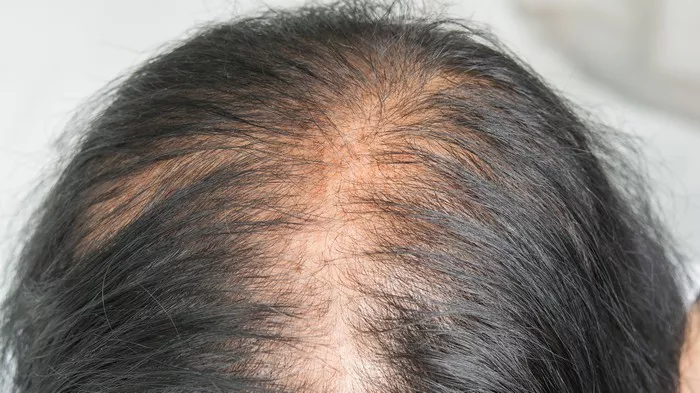Hair transplantation is a surgical procedure aimed at restoring hair growth in areas affected by baldness or hair thinning. One of the key elements of hair transplantation is the hair graft, which serves as the building block for creating a natural-looking hairline and density. But how many hairs are typically contained in one graft of hair transplant? In this comprehensive guide, we’ll delve into the intricacies of hair grafts, exploring their composition, size, and the factors that influence the number of hairs per graft in hair transplant surgery.
Understanding Hair Grafts:
Definition: A hair graft, also known as a follicular unit, is a small cluster of hair follicles harvested from a donor site on the scalp. These follicular units contain one to several hair follicles, along with supporting structures such as sebaceous glands, blood vessels, and connective tissue.
Composition: Each hair graft consists of hair follicles, which are the tiny structures embedded in the scalp that produce hair. Hair follicles contain specialized cells responsible for hair growth and regeneration.
Types of Hair Grafts:
Single Follicular Units (FUE): Single follicular units, also known as single grafts or single-hair grafts, contain only one hair follicle. These grafts are typically used to create a natural-looking hairline and fill in areas of sparse hair.
Multiple Follicular Units (FUE): Multiple follicular units, also known as multi-hair grafts or multi-follicular unit grafts, contain two or more hair follicles clustered together. These grafts are used to add density and volume to areas of thinning hair.
Factors Influencing the Number of Hairs per Graft:
Donor Site Characteristics: The density and distribution of hair follicles in the donor area of the scalp influence the number of hairs per graft. Individuals with higher hair density and thicker hair shafts may yield grafts with more hairs.
Graft Harvesting Technique: The method used to harvest hair grafts, such as follicular unit extraction (FUE) or strip harvesting (FUT), can impact the number of hairs per graft. FUE typically yields smaller grafts with fewer hairs, while FUT may produce larger grafts containing multiple follicular units.
Surgeon Skill and Experience: The skill and experience of the surgeon performing the hair transplant procedure play a significant role in determining the quality and yield of hair grafts. Experienced surgeons can maximize the number of viable grafts harvested and minimize transection rates, ensuring optimal results for the patient.
Patient Factors: Individual patient factors, such as hair characteristics (e.g., texture, color, curliness) and scalp condition, can influence the number of hairs per graft and overall transplant outcomes.
Typical Number of Hairs per Graft:
Single Follicular Units: Single-hair grafts typically contain one hair follicle, resulting in one hair per graft. These grafts are commonly used to create a soft, natural-looking hairline and add definition to the frontal area of the scalp.
Multiple Follicular Units: Multi-hair grafts can contain anywhere from two to four or more hair follicles per graft, depending on the size and density of the follicular units. These grafts are used to provide coverage and volume in areas of thinning or baldness.
Considerations for Hair Transplant Patients:
Customized Treatment Plans: Each hair transplant procedure is tailored to the individual patient’s needs, goals, and hair characteristics. The number and distribution of grafts are carefully planned to achieve the desired aesthetic outcome.
Realistic Expectations: Patients should have realistic expectations about the results of hair transplant surgery, including the number of grafts required to achieve their desired hair density and coverage. Multiple sessions may be necessary to achieve optimal results.
Post-Transplant Care: Following hair transplant surgery, patients must adhere to post-operative care instructions provided by their surgeon. This may include avoiding strenuous activities, protecting the scalp from sun exposure, and following a prescribed hair care regimen.
Conclusion:
Hair grafts are the cornerstone of hair transplant surgery, serving as the building blocks for restoring hair growth in areas affected by baldness or hair thinning. The number of hairs per graft varies depending on factors such as donor site characteristics, graft harvesting technique, surgeon skill, and patient factors. Single follicular units typically contain one hair follicle, while multiple follicular units may contain two or more follicles per graft. By understanding the anatomy of hair grafts and the factors influencing their composition, patients can make informed decisions about hair transplant surgery and achieve optimal results in restoring their hairline and density.
In conclusion, while the number of hairs per graft may vary, the ultimate goal of hair transplant surgery is to create a natural-looking hairline and restore hair density in areas affected by hair loss.
Is Transplanted Hair Will Grow

